ShazzleMail – The Everything Proof Email
ShazzleMail – The Everything Proof Email
Are you tired of insecure email? Worried about storing emails on a third party server? There are many insecurities when using any email provider. Mainstream email providers have been caught opening users emails, and storing emails in offline servers even when the user has deleted them. Mainstream email providers are not only insecure, they are also scary. Holding data in dragnet servers is a huge privacy invasion, and there is not much you can do about it. ShazzleMail turns regular email into an invincible infrastructure.
Mainstream Email Providers and the Dragnet
Whistle blower Edward Snowden revealed that the N.S.A. is spying on users globally. Shortly after Mr. Snowdens revelations reports stating that the NSA had tapped into Google and Yahoos datacenters came out. Not only are search quires begin leaked, but emails, sensitive data, and your personal life are begin fed right into the N.S.A.’s server in Utah. AT&T has been caught capturing customers live data from their network, and sending it straight to the N.S.A. Of the top mainstream email providers most cooperate with warrantless surveillance, store users emails forever, and don’t care about consumers privacy. Almost every top provider to date also decides to store emails on their servers unencrypted. This means the N.S.A. can access any email at any time, employees can read any of the emails at any time, and in the even of a databreach, hackers would have full access to all of the emails. There is no sense of privacy when storing your emails with mainstream providers. Encrypted email providers such as Hushmail are great for privacy, but your data is still on their servers.
What is ShazzleMail?
ShazzleMail is the only email provider that puts you in control of the email. Email is no longer stored on third party servers, or ever left unencrypted. ShazzleMail makes your device the server. Now before the word “server”, turns you away, note setup is simple. ShazzleMail has a smartphone and tablet app for simple setup. Download the app, set up your email account, and now you are running the most secure email email provider to date. I will get to why its so secure in a minute, but more on what ShazzleMail is. ShazzleMail is a smartphone app, and an email provider. ShazzleMail isn’t an email provider in the traditional sense, but an email provider the fact that you can send and receive emails. Now ShazzleMail runs your email off of your phone. No emails are sent to any third party, ShazzleMail, or anyone. When an email is received the email stays in your phone, and on your ShazzleMail account. Now ShazzleMail uses your phone as the server. So if your smartphone has 16gb of space, your email has 16gb of space. ShazzleMail holds the email on your phone, and ONLY your phone. Now that the ShazzleMail app is storing the email on your phone, you choose how long you keep it. When you delete an email from ShazzleMail, it is actually deleted forever. The email never went through any of ShazzleMails servers, and never touched any other datacenter. What is done on ShazzleMail is DONE.
How is ShazzleMail Secure
ShazzleMail is the only REAL secure email provider to date. Now Hushmail and others may be secure, encrypted, and have privacy based structures, but ShazzleMail is different. ShazzleMail is an invincible infrastructure. ShazzleMail puts YOU in control of YOUR email. Your data is kept with you, and no one else. When you download the ShazzleMail app from the App Store, or Google Play store, you sign up for an account, and get a @shazzlemail.com email. Then once connected to your smartphone you can connect it to applications such as Mozilla Thunderbird, or open it in a traditional webmail provider. Setup is simple, secure, and one of a kind. Now that your smartphone is holding your email, all emails will go into your smartphone and stay on your smartphone. Why does ShazzleMail go through your smartphone and not your computer? When talking to the ShazzleMail team I asked this exact question. Cliff Boyle, ShazzleMail CEO, told me they want something that is “always on” 24/7. As your phone will receive and send emails, always on is key. If your phone or tablet is not online, emails cannot be sent or received. That goes to show just how secure ShazzleMail really is.
Email Hacks, Databreaches, and Privacy Intrusions are a thing of the past
As I cannot stress enough, ShazzleMail creates the invincible infrastructure. No longer will anyone have to worry about hacking attempts, or relying on anyone else.
- Hack Attempts – With ShazzleMail, hack attempts will be a thing of the past. When registering for ShazzleMail you input your desired email address and a password. The password is for account security. If hacker breaches ShazzleMail, what will they find? Nothing. No email will be stored, leaked, or anything of the sort. Hack attempts with ShazzleMail are nothing.
- Data Breaches – As stated above, absolutely no data can be breached from any server or anything of the sort. ShazzleMail does not hold any data, so how is the hacker going to steal any data?
- Privacy Intrusions – Your in control of where the email sits, for how long, and if you want to keep that email. What ad network is going to be able to harvest local data? Thats simple impossible. Privacy intrusions on your email are a part of the past.
Who is ShazzleMail for
ShazzleMail is for everyone. Average Internet Users, businesses, lawyers, doctors, journalists, privacy advocates, whistleblowers, governments, and/or just about anybody. While encrypted email is a general business practice, ShazzleMail will change everything. Regular internet users will be able to communicate with family, friends, and businesses with a piece of mind. No more is your email be surveilled, data mined, or read by another company, your email sticks with you, and only you. Businesses can now rely on their own network to host, send, and receive emails. No more will emails have to go into the cloud, or another area, the emails can be in the hands of a local server. Lawyers, and doctors can also use services as such. When sending sensitive data such as banking information, social security numbers, tax id’s, identification, etc, no one but you can see this data. ShazzleMail will still protect users in this situation, and no government or third party can see the confidential files begin transferred back and forth. Journalists have always been high priority targets by the N.S.A., and governments for their ability to publish the truth at a rapid rate. Now journliasts will be able to communicate with no restrictions and %100 securely. For whistleblowers ShazzleMail will be a game changer allowing unrestricted email 24/7, with no form of surveillance in site. ShazzleMail cannot be gagged, or have any data requested. They simple don’t have it. In reality, everyone can use this service. The service is designed for ease of use, and extreme security. One click and ShazzleMail is live.
How does it all work
Now this may sound a bit complex, how can I get a @shazzlemail.com email, and not send my emails to a ShazzleMail server. When talking to their lead developer, Igor Slepinin, I was introduced to some very simple methods. Now for technical folks who understand the technical side of email, I will list Igors direct response to this question below
The ‘@shazzlemail.com’ addressing is to allow people to use standard email clients like Outlook or Thunderbird, those clients would not support a proprietary naming convention. POP3/SMTP exchange happens between our UI (or standard email client using ShazzleMail connect as a proxy) and user individual server. Exchange between servers does not use DNS addressing. It is a more dynamic protocol as it needs to build a connection between devices that may be behind firewalls or on cellular networks and not addressable directly.
Now if you are unsure what that means, I will explain it in plain English. Igor is stating that for a regular email provider and/or applications to host your email, they needed to make @shazzlemail.com an email name. Email providers would not accept sending or receiving emails from a proprietary software that doesn’t have an @website.com email base. Basically the phone sets up and acts as a server, so the incoming and outgoing servers that send emails are not in the hands of datacenters, it is in the hand of your phone and network. When you send an email, your server (the phone), connects to the network (your WiFi or 3G), and sends the email. No longer is the email provider doing the backend work, your phone is simply doing the work. In simple terms, your phone is the server, your internet access is the network to send the email.
Possible Problems
Now with everything there could be possible problems.
- What happens if my phone dies, is turned off, or has no internet access? – When your phone is no longer online, your email is offline as well. When someone tries to send an email, and you have no internet access, the original sender will be met with an error that the message could not be sent. This could cause minor inconveniences for some, but running ShazzleMail on a phone and tablet could stop this. If your tablet is always at home, while your smartphone is always on the go, your tablet could still receive the email while your smartphone did not.
- No Smart Devices – If you don’t have any smart devices (tablet or phone) you are out of luck. ShazzleMail can be run in a desktop environment, but it is meant to run on an “always on” device. This is so you can always receive emails, and use as little power as possible.
- Sending and Receiving Emails to Mainstream Providers – ShazzleMail is safe for communication between certain emails. When sending an email from myemail@shazzlemail.com, to myfriend@mainstreamprovider.com, the communication is no longer secure. Now the mainstream provider has a copy of your email, and a copy of your email conversation with the other user. Nothing can be done about this other than relaying emails to other secure email providers.
Overall
ShazzleMail will be the last email anyone will ever need. Mainstream providers will be of little to no use in the future. Only for projects or something similar may one need a cloud provided email. ShazzleMail puts you in control, which is what everyone needs. As surveillance proceeds, privacy innovations rise. ShazzleMail is the best privacy innovation to date. ShazzleMail is the only real secure email. Try out ShazzleMail, its %100 free!

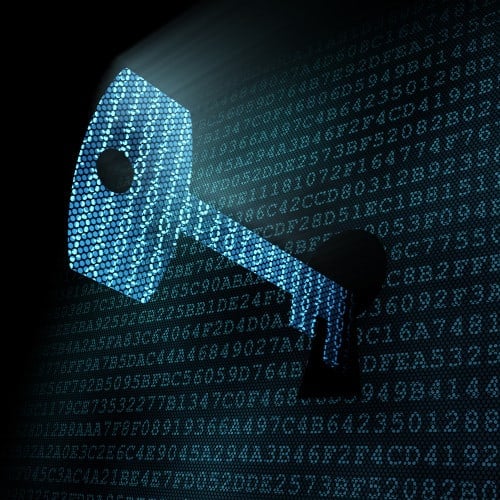
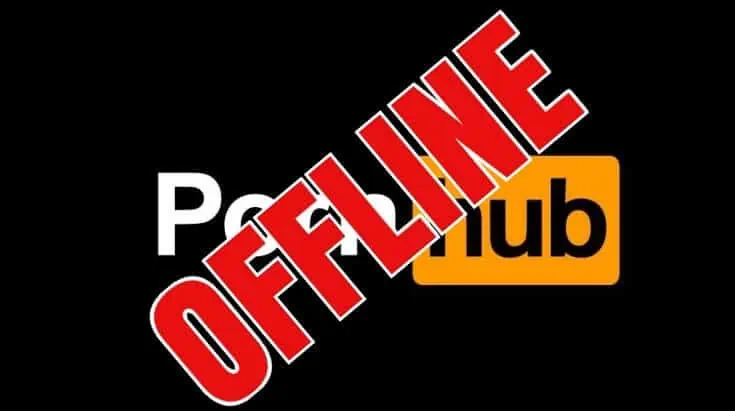

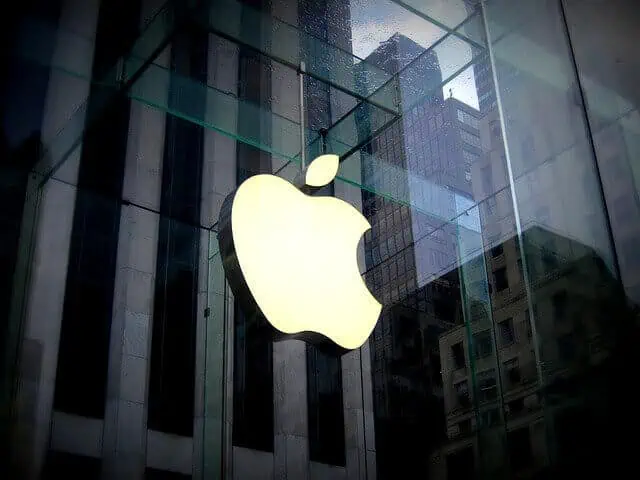
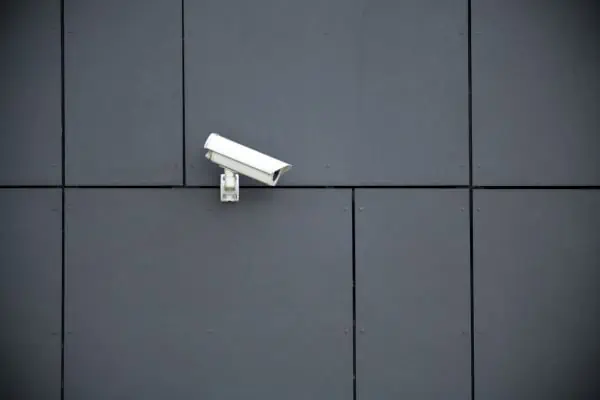
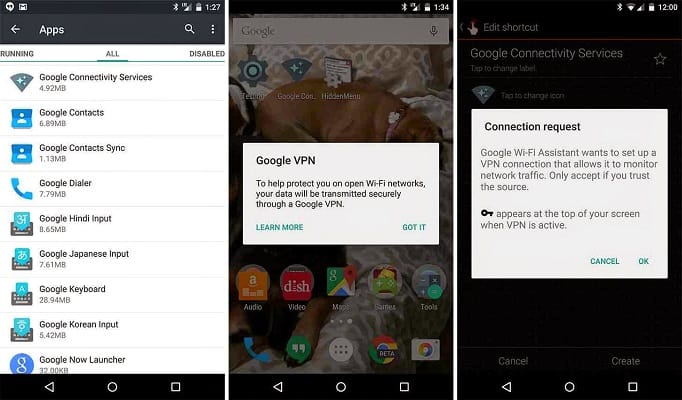
I don’t think that the outside provider has a copy of your email if you you use Shazzlemail. You will get a link to the email and then when you delete the email from your Shazzlemail client the email disappears and all that is left is the orginal link to the email but all the stuff that it was related to is gone.
That’s only for the encrypted messages for people outside Shazzle.
I have to wonder if ShazzleMail is so secure, then WHY does it require access to:
~Device & App History (Allows app to view one of more of: information about activity on the device, which apps are running, BROWSING HISTORY AND BOOKMARKS), ???
~ Contacts (Uses CONTACT INFORMATION) ???
~ Photos/Media/Files!!!! (Uses one or more of: files on the device such as IMAGES(?), VIDEOS(?), or AUDIO(?) [for EMAIL?!?!?!]; the device’s external storage???? WHY????
~ Wi-Fi Connection information (Allows the app to view information about Wi-Fi networking, such as whether Wi-Fi is enabled and names of connected Wi-Fi divices)
~ Device ID and CALL INFORMATION (Allows the app to determine the phone number and device IDs, whether a call is active, and the remote number connected by a call.
Please help me understand why it is necessary for ShazzleMail to have access to my Photos, Media, AUDIO, Files, contacts, etc if it’s so secure. Thanks!!
Hello Laria, though we do not work for Shazzlemail or have any direct affiliation with them I would still like to give you some insight on what the mobile app may be requesting.
Device and App information may allow for you to share information through or from the app to another person. (ex. Your visiting a webpage and you want to email it, so you click the email button, obviously it will bring Shazzlemail up to email the article. Say Shazzlemail doesn’t have permission, then the app simply won’t open or allow you to share. They may also allow you to sync this information as of now, but that is doubtful.
Same with contacts, just like any other mail app, the application will likely go through your contact list and pull the emails from your contact list, and add them to your account. The data is still local, it just allows for the contacts to be right there in your email. People sync their contacts in Gmail, you get a new phone and hookup Gmail, easy, all your numbers, contacts and emails are back. Now Shazzlemail will go ahead and do the same thing, just load all your contacts in the email list.
Photos and media is simply for sharing. You want to send a photo via email, the app needs access. If you deny this, Shazzlemail will not be able to send any photos or allow the phone to access your photos to send. Same with documents, audio and video. A lot of apps today also allow for you to commit actions within the app, say take a picture, or record a message. If your executing actions within the app, the app needs permission from you or the device by default.
WiFi, the application likely needs to connects to your Wifi.
Device ID and Call information may be to stop the phone from notifying you of an email while you in a call and note your device ID so the email knows where it has been accessed from.
A lot of applications request a lot of data, but what the permission state may not be the intended use. An example is Audio, the application may request permission to listen to and activate your microphone. Sounds bad, meaning the app may want to listen in on your conversation by remotely tapping it! Wrong, the app likely has a call or send audio feature. You open Whatsapp, Telegram or another messaging app and hit record audio, the device will then request permission, the device will return yes or no and goes from there. If you deny audio, it can’t turn on the microphone to record your message. See, the apps intended use was not to listen on the microphone, it was to turn on the microphone to aid you sending that audio message.
This is common with applications, take a look at what most apps requires, then what most email apps require. As you can see the app doesn’t collect any information regarding your location, GPS, or voice data. The app also doesn’t request permission to voice data, read the calendar, read SMS messages, have access to the SMS database, or bluetooth. You can even go ahead and install PAC rom on your Android, and from there you will be able to allow or deny what information apps ask for.
Can you send attachments that are encrypted without getting the pro version?